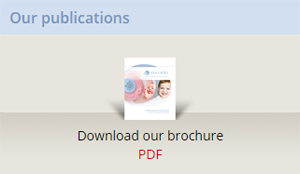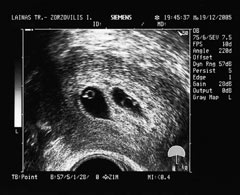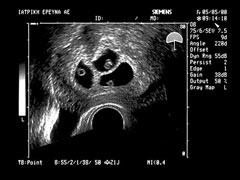Assisted reproduction cycles are associated with higher rates of multiple pregnancies, the incidence of which has been increased in the last 20 years. In the past, the incidence of a twin pregnancy was 1/80 and of a triplet pregnancy 1/8000, according to the Hellin hypothesis. Today, the increase is approximately 53% for twins and 40% for triplets.
The chance of a successful pregnancy after IVF is associated with the number of transferred embryos. At the same time however, there is increased chance that more than one embryos may implant in the uterus, especially for women of young with good quality embryos. Therefore, multiple pregnancy is a side-effect of IVF, and recently there is an international tendency to reduce its occurrence.
Usually, twin pregnancies do not face any problems, provided that there is careful patient monitoring. However, triplet and more high-order pregnancies are more difficult and are associated with more problems and complications, regarding the health of the mother and the chance of premature labour. Premature labour is the most serious reson of perinatal mortality rates and is associated with the number of implanted embryos.
Perinatal death has been reduced recently, due to the technological advancement of neonatal care units and the skilled neonatal clinicians in moitoring and managing premature babies with low birth weight. It is estimated that a mean duration for a twin pregnancy is 260 days, for a triplet pregnancy 210 days and for a quadruplet pregnancy is 190 days, compared to 280 days of a single pregnancy. The development of preeclampsia is 5-10 times higher in multiple pregnancies. The most serious complications of premature labour are brain hemorrhages that lead to paralysis.
For the above reasons, it is vital to restrict the number of transferred embryos.
The is a rare chance of natural twinning after IVF, after splitting of a single embryo into two separate embryos, giving rise to mono-oogenic twins.
































